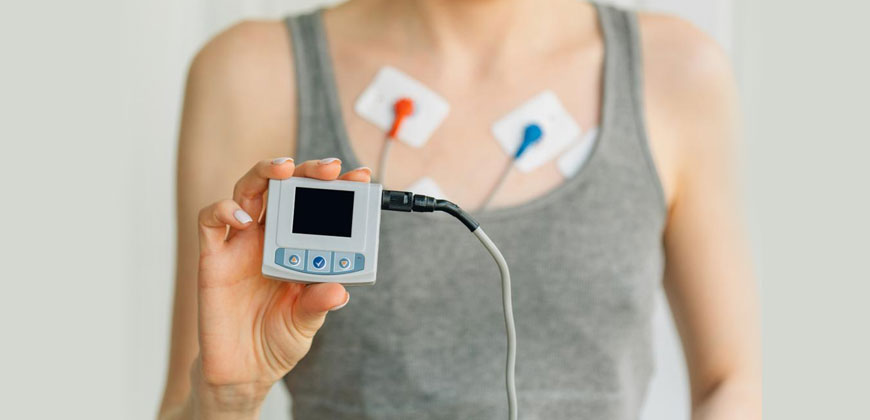
HOLTER MONITORING
The Holter monitor is a type of portable electrocardiogram (ECG). It records the electrical activity of the heart continuously over 24 hours or longer while you are away from the doctor's office. A standard or "resting" ECG is one of the simplest and fastest tests used to evaluate the heart.
Electrodes (small, plastic patches that stick to the skin) are placed at certain points on the chest and abdomen. The electrodes are connected to an ECG machine by wires. Then, the electrical activity of the heart can be measured, recorded, and printed. No electricity is sent into the body.
Natural electrical impulses coordinate contractions of the different parts of the heart. This keeps blood flowing the way it should. An ECG records these impulses to show how fast the heart is beating, the rhythm of the heart beats (steady or irregular), and the strength and timing of the electrical impulses. Changes in an ECG can be a sign of many heart-related conditions.
 Whatsapp
Whatsapp
 Phone
Phone Mail
Mail GMB
GMB